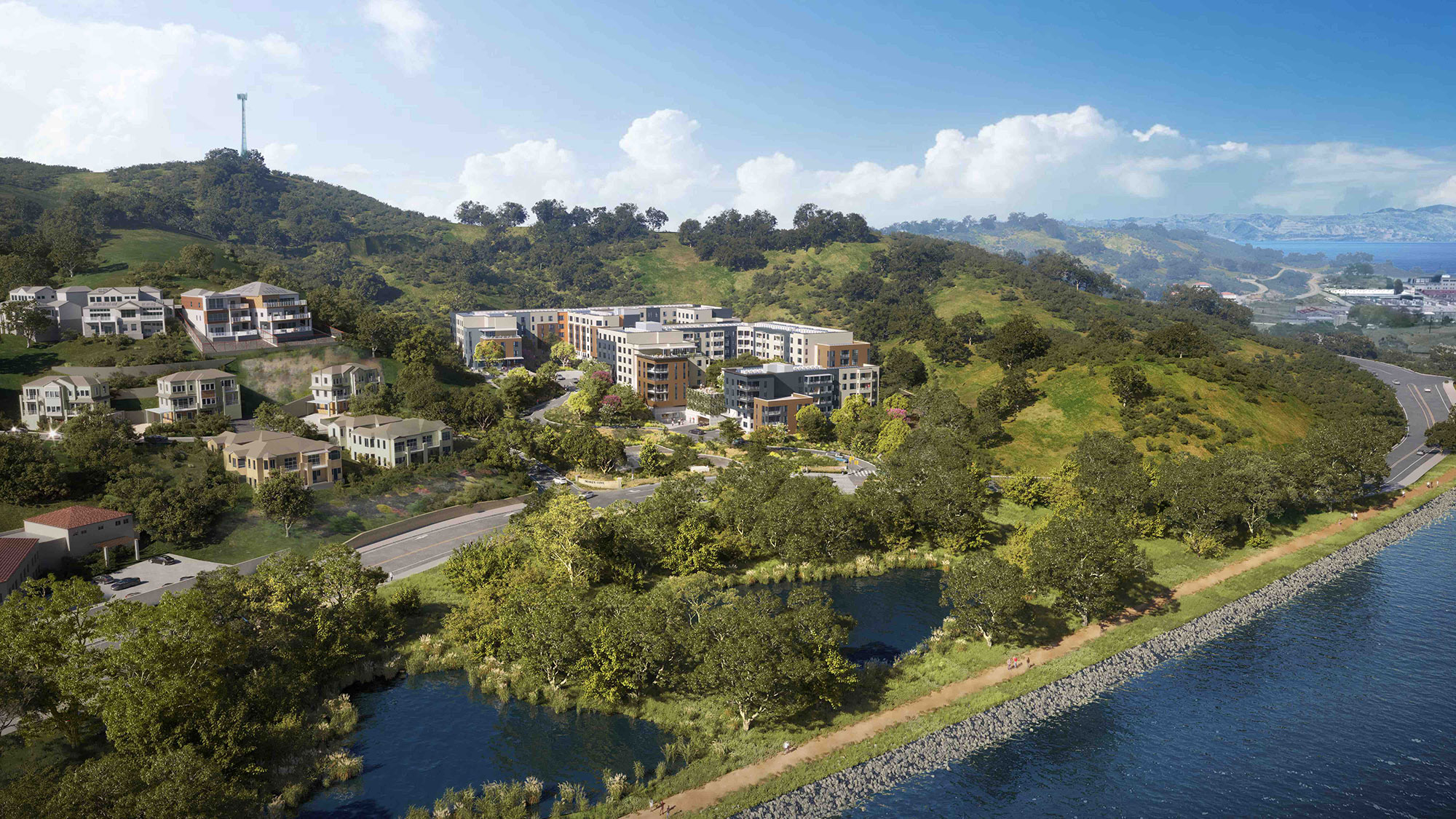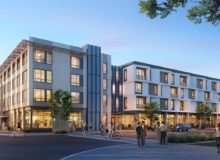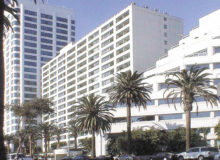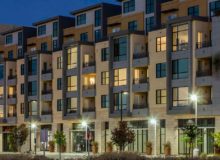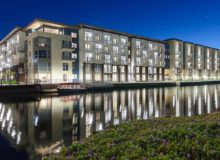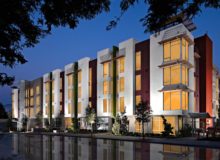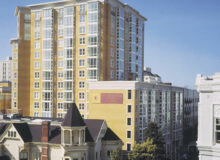San Francisco Chronicle
March 16, 2023
Danielle Echeverria
Residents got a chance Thursday night to weigh in on Marin County’s largest affordable housing project in 50 years, as a new report shows what the project will look like and spells out its potential impact on the area.
At a public hearing held at San Rafael High School, state officials, developers and residents discussed the 100% affordable Oak Hill Apartments project, located on a former gun range in unincorporated San Quentin overlooking San Francisco Bay, nestled between multimillion-dollar homes and the state prison holding more than 3,000 inmates. The site was located as part of an executive order issued by Gov. Gavin Newsom to identify state-owned sites on which to build affordable housing.
It will have up to 250 units of housing, more than half of which will be set aside for Marin County educators and school support staff, according to project developers Eden Housing and Education Housing Partners.
Because the project is on state-owned land, it is not subject to the approval of Marin County officials, who have historically delayed or killed large developments, though state officials have worked with county officials to create the project plan.
It comes as counties across the state are under increasing pressure from the Newsom administration to meet affordable housing goals, or risk losing local planning control and state affordable housing funding.
It also comes as Marin struggles with staff vacancies in the school system. At a November community meeting, Marin County Schools Superintendent John Carroll said that there were nearly 400 openings for teachers and support staff positions at the beginning of the 2022-23 school year, which dropped to 339 in November only after recruitment efforts “like I’ve never seen before.”
A major problem for current and potential employees, he said, was the cost of living in the area. According to a survey, 63% of staff at the county’s largest school district, Novato Unified, said that cost of living was a reason they would not be able to stay with the district, former Superintendent Mary Jane Burke added.
Late last month, the developers released their draft environmental impact report for the project — a 500-plus-page document required by the state that details the vision for the development, its potential impacts on the area and mitigation measures that need to be taken in response. It also responds to concerns brought up by residents in community meetings leading up to the draft report.
The report explains that the project will develop 6.7 acres of the project site’s 8.3 acres, with two buildings, with sections ranging from 30 to 60 feet in height, terraced up the area’s hills. One building will have 135 units for low- to moderate-income teachers and staff of local school districts, and the other will have 115 units for extremely low to low income residents: those making between 30% and 60% of the county median income, or between $55,920 and $111,840 for a family of four. Units will be distributed by lottery.
It will also have 35,000 square feet of landscaped open space; 35,000 square feet of outdoor amenity space including a playground, a fenced dog run and a community terrace, and 1,500 linear feet of pedestrian walkways. Inside, the buildings will have amenities like fitness centers, community rooms and business rooms.
Many Marin residents have expressed support for the project, which is on Sir Francis Drake Boulevard near the Larkspur Ferry and the SMART transit station, in various community meetings, but some have raised concerns about details including the number of units, increased traffic and the overall look of the buildings.
On Thursday night, 16 residents spoke about the projects, and all but three expressed support, many of them excited about the prospect of giving teachers and low wage workers the chance to live in the community where they work. Concerns brought up at the meeting were largely focused on potential traffic impacts.
In the draft environmental report, traffic analysts determined that the increased traffic brought by the new residents would not be significant and would not slow emergency response times. The report estimated that the project would add 1,360 vehicle trips per day, including 90 trips during the morning peak hour and 110 during the afternoon peak hour — numbers that are below state agencies’ thresholds for what is significant.
Though it was not discussed at the meeting Thursday, the report also highlighted the development’s strain on city and county resources, including natural gas, electricity and water, as a potential point of controversy. According to the report, while the project will increase demand on these resources, it will focus on using them as efficiently as possible, with water and energy efficient appliances and drought tolerant landscaping. It will use natural gas water heaters, but will otherwise be all electric, including electric vehicle charging stations.
The report estimates that the project’s total electricity demand will be about 1.3 million kilowatts per hour per year, compared to Marin County’s current 718 million kilowatts per hour per year, and that its natural gas demand will be about 2.8 million thermal units of gas, compared to Marin County’s current 50 million.
The draft report was released Feb. 22, which kicked off a 45-day public comment period. Once that is over in April, a final environmental impact report will be prepared, taking into account any comments submitted in writing as well as the comments at Thursday’s meeting.
Following that is a permitting process that developers anticipate will take six to nine months, with construction to begin as early as the end of this year. That will take 27 months to complete, with the target date for residents moving in at the end of 2025.

